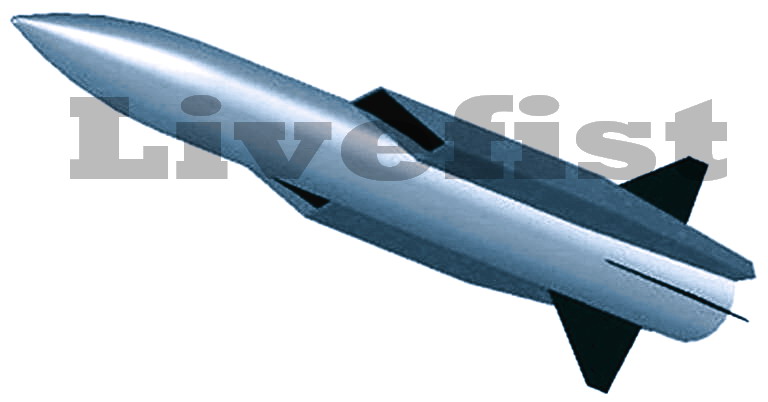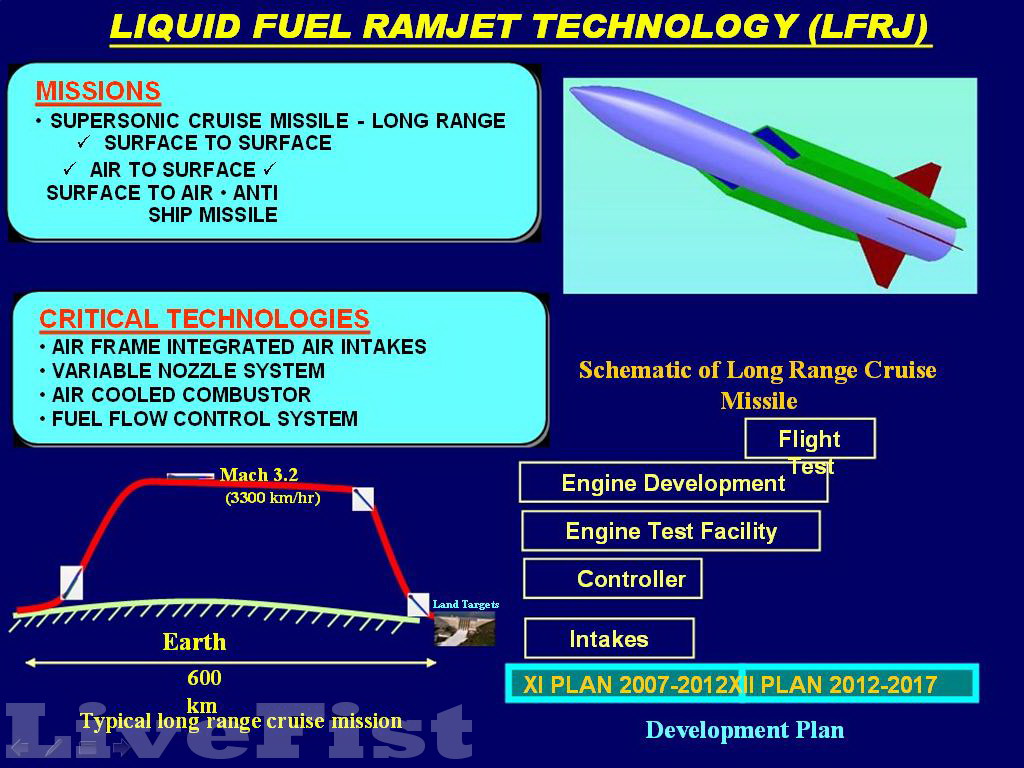LETHALFORCE
New Member
- Joined
- Feb 16, 2009
- Messages
- 29,968
- Likes
- 48,929
It seems like Israelis are involved in many areas of our missile and BMD programs.
Last edited:
For BMD they are the one who supplied the Green Pine Radar.It seems like Israelis are involved in many areas of our missile and BMD programs.
http://www.nti.org/db/submarines/israel/index.htmlSome reports suggest that Israel has adapted Harpoon cruise missiles, which have a range of 130 kilometers, to carry an indigenously developed nuclear warhead and guidance system, though other experts argue that such modifications to a Harpoon missile are not feasible.[6] Others believe that Israel has developed an indigenous cruise missile with a range of 320 kilometers that is believed to be a version of Rafael Armament Development Authority's Popeye turbo cruise missile.[7] Still others believe that the missile may be a version of the Gabriel 4LR that is produced by Israel Aircraft Industries. Once encapsulated, it could be launched in 533mm torpedo tubes similar to the Harpoon.[8] Such speculation was further fueled by an unconfirmed test of a nuclear-capable, submarine-launched cruise missile (SLCM) in the Indian Ocean in 2000. Some reports claimed targets 1,500 kilometers away were hit.[7,9] Such a range, however, implies an entirely new type of missile.[7,8,10] However, the Israeli Defense Forces denies any such missile tests.[7,11]
In June 2002, former State Department and Pentagon officials confirmed that the U.S. Navy observed Israeli missile tests in the Indian Ocean in 2000, and that the Dolphin-class vessels have been fitted with nuclear-capable cruise missiles of a new design.[8] Israel issued new denials, albeit in an indirect manner.[9] In October 2003, unidentified senior U.S. and Israeli officials were quoted as saying that Israel had successfully modified nuclear warheads to fit its Harpoon missiles.[12]
Whatever the missile currently arming Israel's Dolphin-class submarines, it seems clear that Israel is interested in the acquisition of new cruise missiles. Its request for U.S. Tomahawk cruise missiles was rejected by the Clinton administration in 2000, since such a sale would have violated the Missile Technology Control Regime, which prohibits the transfer of missiles with a range exceeding 300 kilometers.[5] However, it is likely only a matter of time before Israel is capable of mounting nuclear weapons on its submarine-launched missiles, if it has not done so already.
They also supplied many parts of the hypersonic interceptors.For BMD they are the one who supplied the Green Pine Radar.
and i think they are spying on us a lot specially our requirement for militrary hardware and can someone tell me when DRDO is going to test the nirbhayIt seems like Israelis are involved in many areas of our missile and BMD programs.


| Thread starter | Similar threads | Forum | Replies | Date |
|---|---|---|---|---|
| R | India developing air-launched version of Nirbhay cruise missile | Strategic Forces | 4 | |
| A | Problem in Nirbhay cruise missile identified: Antony | Strategic Forces | 3 | |
| M | is Nirbhay Cruise missile better than Babur | Strategic Forces | 1 | |
| R | Nirbhay Cruise Missile Pictures | Strategic Forces | 45 |
